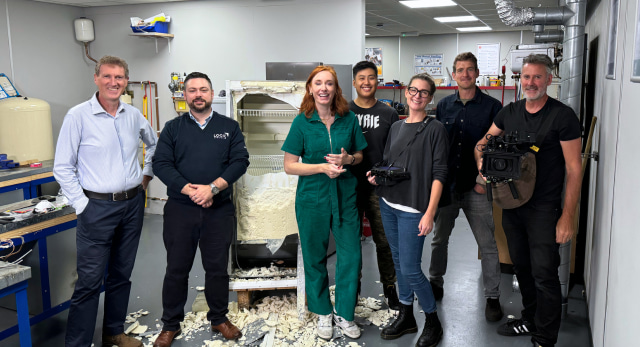If you already have a PAT testing qualification, or you are looking to add it to your business, you can now be certified as competent for PAT testing through your Competent Person Scheme (CPS).
PAT testing is now, in its own right, a viable career choice for electrical installers and electricians and schemes like NAPIT, STROMA and NICEIC all offer certification for PAT testing as a standalone certification or as part of a package.
The PAT schemes provide formal recognition of a firm’s ability to undertake PAT testing.
As a certified PAT tester you offer increased credibility to customers and businesses when they are hiring a PAT testing service.
Back to Insights
Requirements
Generally speaking, you will need to have a relevant testing and inspection qualification and PAT testing qualification. You should also be directly engaged in PAT work at a standard deemed acceptable to your chosen CPS. Different CPS’ will have slightly different terms and conditions so it is worth checking with each scheme first. For example, NAPIT requires the following:- All PAT work must be carried out in accordance with the current edition of the IET Code of Practice for in-service Inspection and Testing of Electrical Equipment.
- Legal requirements
- You must have a qualification (or equivalent) in inspection and testing of electrical equipment.
- You may also need a current qualification covering the latest wiring regulations.
- You must have a certain level of public liability insurance and professional indemnity insurance, with a scope of cover that reflects the work carried out and building type involved. For more information on Insurance requirements contact the CPS.
- You must have access to sufficient instruments (testing equipment), in order to carry out tests relevant to your scope of work, as well as in-date calibration certificates for this equipment where applicable.









